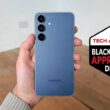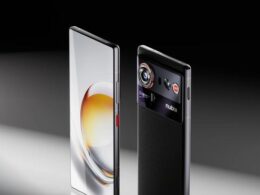Unless you’re a camera enthusiast, you probably take most of your photos and videos with a smartphone, and you’re not alone; according to UK photo printing company Max Spielmann (via Digital Camera World) around 92.5% of the estimated 4.7 billion photos captured each day are taken using a phone.

Tracfone’s first fully unlimited plan provides unlimited data, talk and text, 15GB hotspot data and added bonus Identity Protection by IDnotify from Experian. For only $45/mo with Auto-Refill – no longer term contracts required.
That’s a lot of people relying on their phones to capture the world around them every single day. So, it probably goes without saying that cameras are a crucial part of modern handsets.
However, as you’re probably aware, image and video quality vary hugely depending on the phone you choose. Many flagship, mid-range and even budget phones can take good photos, but only a select few reach an elite level when it comes to photography and/or videography.
In this article, we’re showcasing the 10 absolute best from the extensive selection that we’ve tested from brands like Samsung, Google, Apple, Xiaomi and more. If you want to take consistently superb photos or videos, you’ve come to the right place.
Here are our top 10 options for the best smartphones for photography and video. Make sure to click through to our full reviews to find out more and see camera samples.
Best camera phone reviews
1. Xiaomi 15 Ultra – Best Overall
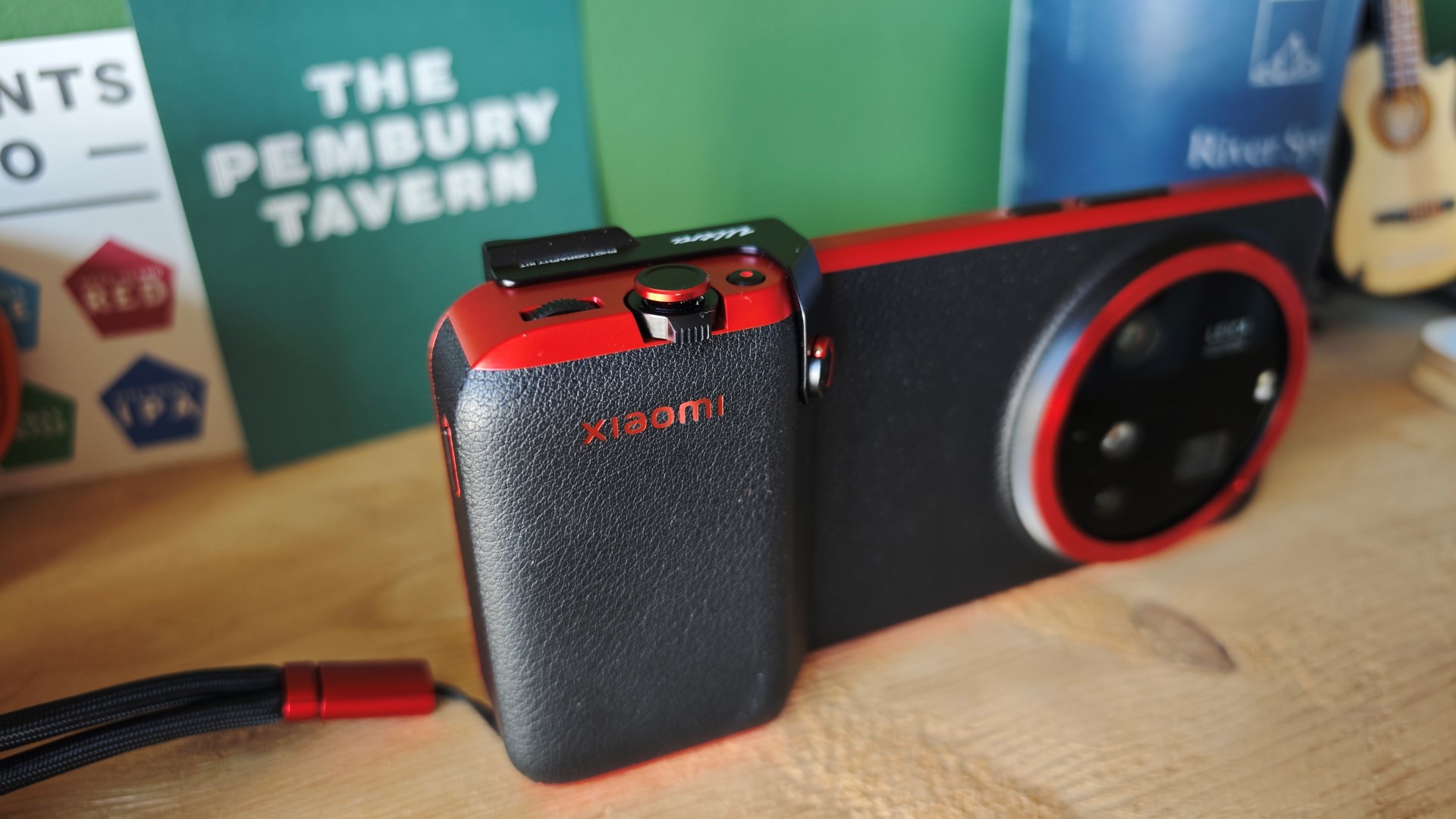
Pros
- Incredible camera performance
- Excellent screen
- Solid battery life & fast charging
- Silky performance
Cons
- Some design backsteps
- Not the best Android interface
- Mixed bag of AI features
Price When Reviewed:
$1,250 (Global version)
Best Prices Today:
When it comes to smartphone photography, no handset does it better than the Xiaomi 15 Ultra right now. Xiaomi has long been known for its outstanding camera chops but the 15 Ultra takes all that the company has learned over the last few years and accelerates it.
There are four cameras on the back but the headliner this time around is a new 200Mp periscope camera, which can offer outstanding levels of detail even as you zoom in to capture a subject from afar. This is the closest that a smartphone comes to mimicking the experience of using a dedicated camera.
Thanks to the generous inclusion of 512GB of storage (although this can be upped to 1TB), you have plenty of room on the phone itself to store all of your photos and videos, saving you from being over-reliant on cloud storage.
The massive 5410mAh battery is designed to get you through a full shoot without issue, and you can quickly top up the phone if needed via 90W wired and 80W wireless charging. The only major stumbling block for the phone is the cumbersome nature of Xiaomi’s HyperOS, but if that doesn’t bother you, then you’ll find a great camera phone waiting for you.
Add in the Photography Kit and you’ve got the best camera phone on the market. This case and slide on grip adds proper buttons, including a zoom toggle, as well as a small additional battery to keep the 15 Ultra topped up.
Who should buy the Xiaomi 15 Ultra?
Amateur or professional photographers who want a true camera-like experience on their phone.
Xiaomi 15 Ultra: Further considerations
HyperOS is a fairly clunky Android overlay compared to what you’ll find elsewhere.
Read our full
Xiaomi 15 Ultra review
2. Google Pixel 10 Pro XL – Best Point & Shoot

Pros
- Gorgeous design and display
- Superb camera experience
- Brilliant Android 16 software with long support
- The best wireless charging on Android
Cons
- Big and bulky
- 100x zoom is disappointing
- Even more expensive
Price When Reviewed:
From $1,199
Best Prices Today:
While the Pixel 10 Pro is a similarly great option for anyone who wants to save a tad on their next flagship upgrade, the Pixel 10 Pro XL is the real cream of the crop that allows you to enjoy Google’s incredible computational processing but with a larger screen for easier editing.
In fact, speaking of Google’s software, the push to ensure that Pixel phones can more accurately represent skin tones is exactly why the Pixel 10 Pro XL is one of the best phones out there for portrait photography. There’s a wonderful attention to detail that allows all subjects to really look their best.
As previously mentioned, the real reason to go for the XL over the standard 10 Pro is the larger 6.8-inch display which not only makes it easier to frame a shot, but it also affords more space when trying to edit the finer details of a photo. Plus, having a much larger 5200mAh battery also helps.
The 100x Pro Res Zoom sounds like a good idea on paper, but in practice, it’s far too reliant on generative AI, and much like the AI-powered Super Zoom found on Honor phones, the results are definitely a mixed bag, so we recommend keeping your focus on objects and subjects closer to the phone itself.
Who should buy the Pixel 10 Pro XL?
Portrait photography enthusiasts who want to capture skin tones accurately.
Pixel 10 Pro XL: Further considerations
The Pixel 10 and 10 Pro are still great options, and cost a lot less.
Read our full
Google Pixel 10 Pro XL review
3. Samsung Galaxy S25 Ultra – Best Versatility
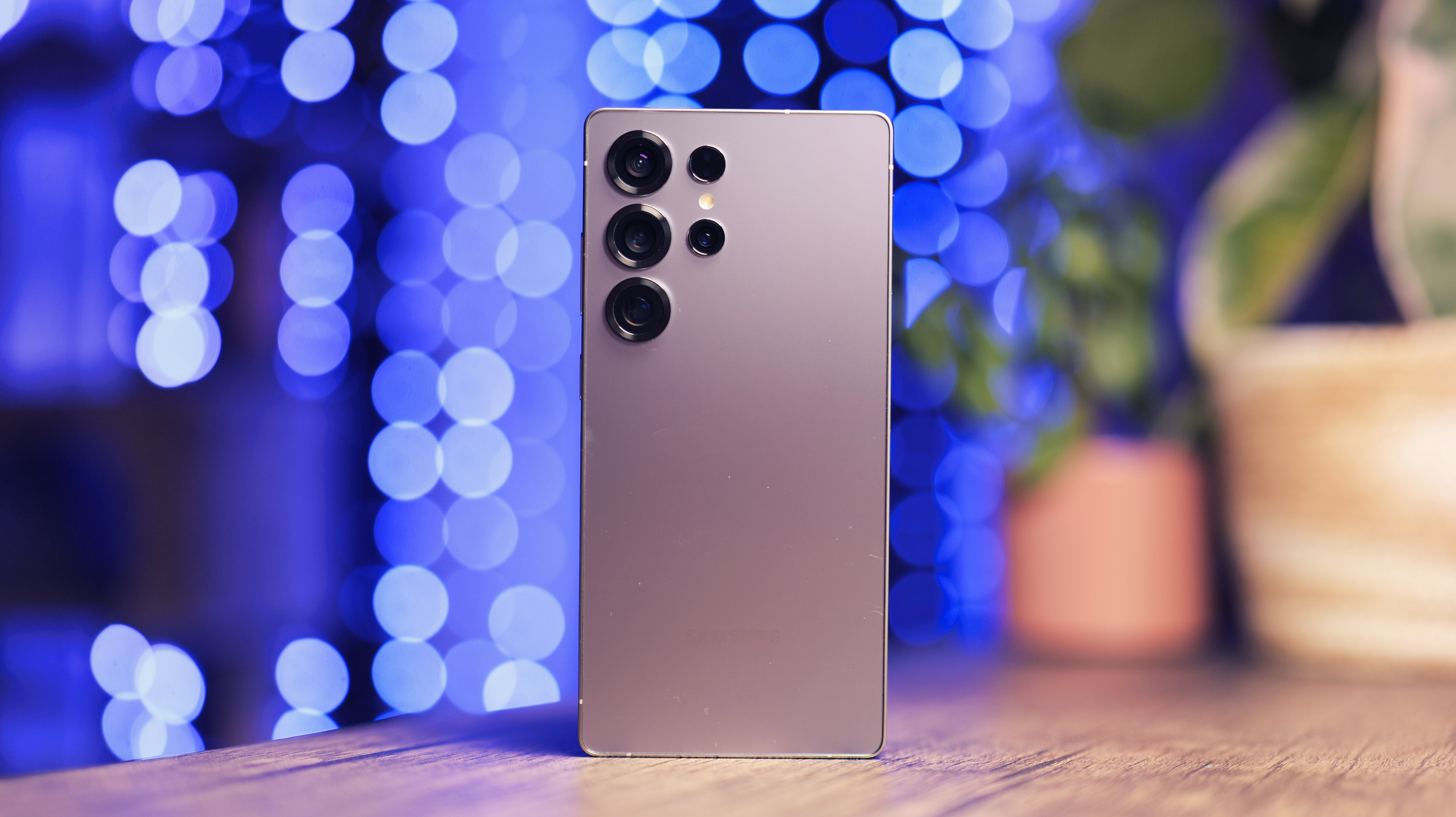
Pros
- Slick software
- The most advanced AI around
- Gorgeous anti-reflective screen
- Image processing has improved
Cons
- Barely any hardware upgrades
- S Pen has no Bluetooth
- Expensive
Price When Reviewed:
From $1,299.99
Best Prices Today:
It says a lot about the quality of the Samsung Galaxy S25 Ultra’s cameras that, despite increased competition throughout the year, the phone still stands as one of the best you can buy for smartphone photography, largely down to its next-level versatility.
The 200Mp main sensor can capture stunning shots with the wonderful touch of colour saturation that Samsung is typically known for, and it’s much the same when faced with low-light scenes. The 5x telephoto lens also provides plenty of freedom with capturing subjects from afar, making the phone a handy companion at a gig.
There’s plenty for content creators to get excited about, too, as the phone has a Log recording mode for high-quality, untampered video, which can then be brought to life with LUTs after the fact. While it’s not quite at the level of video that iPhones can achieve, it is very close, plus you can shoot at 8K if you so please.
Strangely enough, the main thing working against the Galaxy S25 Ultra is Samsung’s iterative approach to updates. This flagship phone isn’t too different from the S24 Ultra, which in turn was only a slight change to the S23 Ultra. Still, if you do go with the latest kit, then you can enjoy a long stint of software and security updates.
Who should buy the Samsung Galaxy S25 Ultra?
Folks who want a versatile camera set-up to handle almost any situation.
Samsung Galaxy S25 Ultra: Further considerations
The S24 Ultra isn’t all that different and can now be found for much less.
Read our full
Samsung Galaxy S25 Ultra review
4. Oppo Find X9 Pro – Best Battery Life
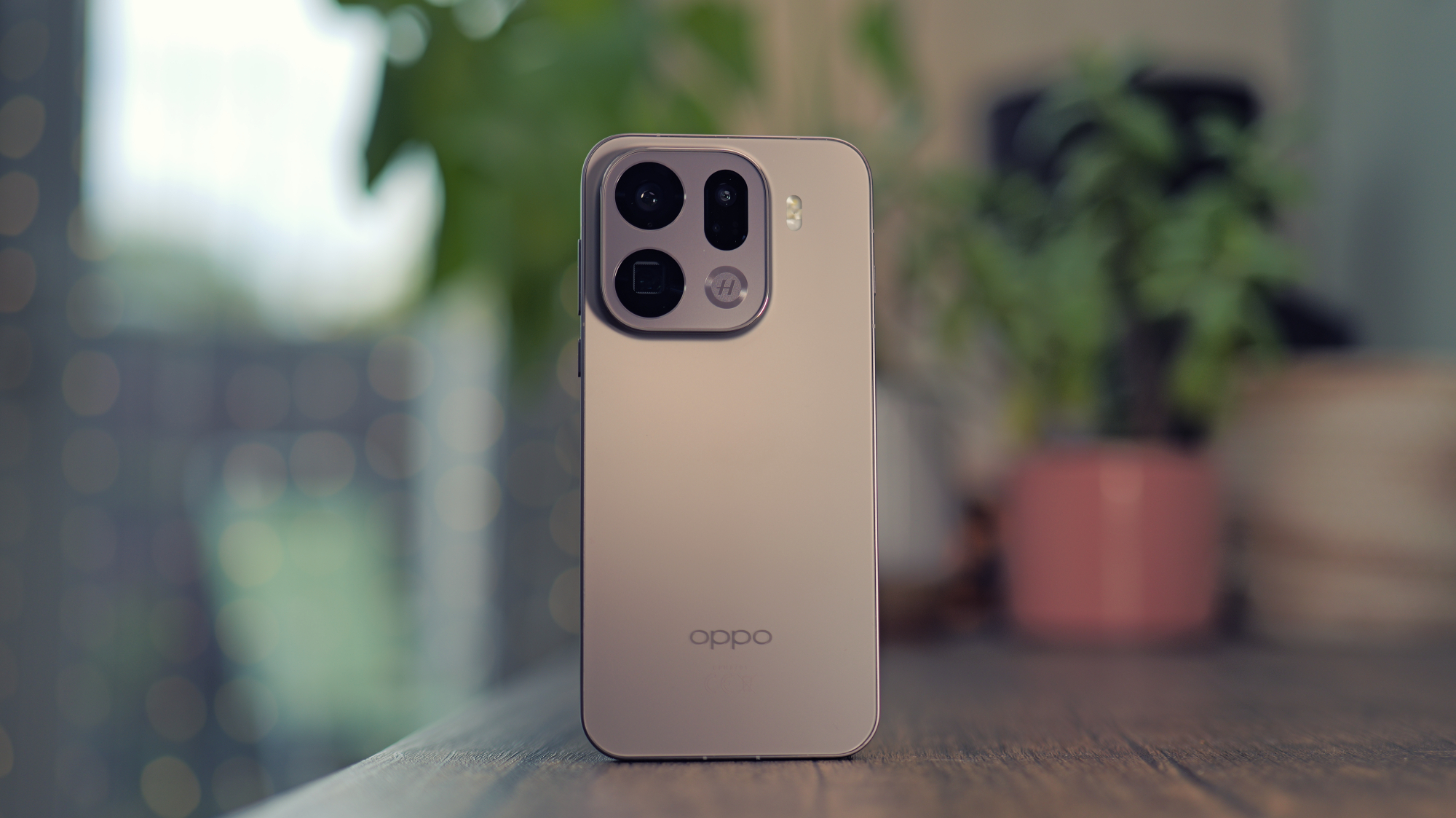
Pros
- Phenomenal cameras
- Gigantic battery
- Excellent performance and software
- One of the nicest screens around
- Awesome accessories
Cons
- Not available in the US
- Only 5 years of Android OS updates
Best Prices Today:
Oppo already set the bar pretty high with the Find X8 Pro, but somehow the brand has managed to raise the ceiling yet again with the outstanding Oppo Find X9 Pro which, just like its predecessor, absolutely destroys the competition when it comes to battery life. If you want a solid camera phone that can genuinely get you through a day’s shoot, then this is it.
There’s a massive 7500mAh battery built into this thing which, from our testing, can go through a heavy day of use involving GPS navigation, capturing videos and photos, and still have around 40% remaining by the end of it. And thanks to 80W fast charging, you won’t have to wait long either when you do need to top up the phone as we managed to get from 0% to 50% in only 30 minutes.
On paper, it might seem like there’s a slight downgrade with the cameras as the phone has moved away from having two telephoto lenses, opting for just one in a triple-camera array. However, this new sensor has been bumped to 200Mp, which gives you a lot more freedom for zooming in and cropping images without losing clarity.
When out and about, the phone is right up there with Xiaomi in terms of taking pictures that look as if they’ve come from a full-on DSLR camera. Autofocus on all cameras is extraordinary and you’d have to try really hard to take a bad picture – we only wish that the phone was available in the US so that more people could experience what it has to offer.
Who should buy the Oppo Find X9 Pro?
Content creators who want a phone that can genuinely last them all day long.
Oppo Find X9 Pro: Further considerations
The phone isn’t available in the US, which immediately rules it out for some.
Read our full
Oppo Find X9 Pro review
5. Apple iPhone 17 Pro Max – Best Video Performance
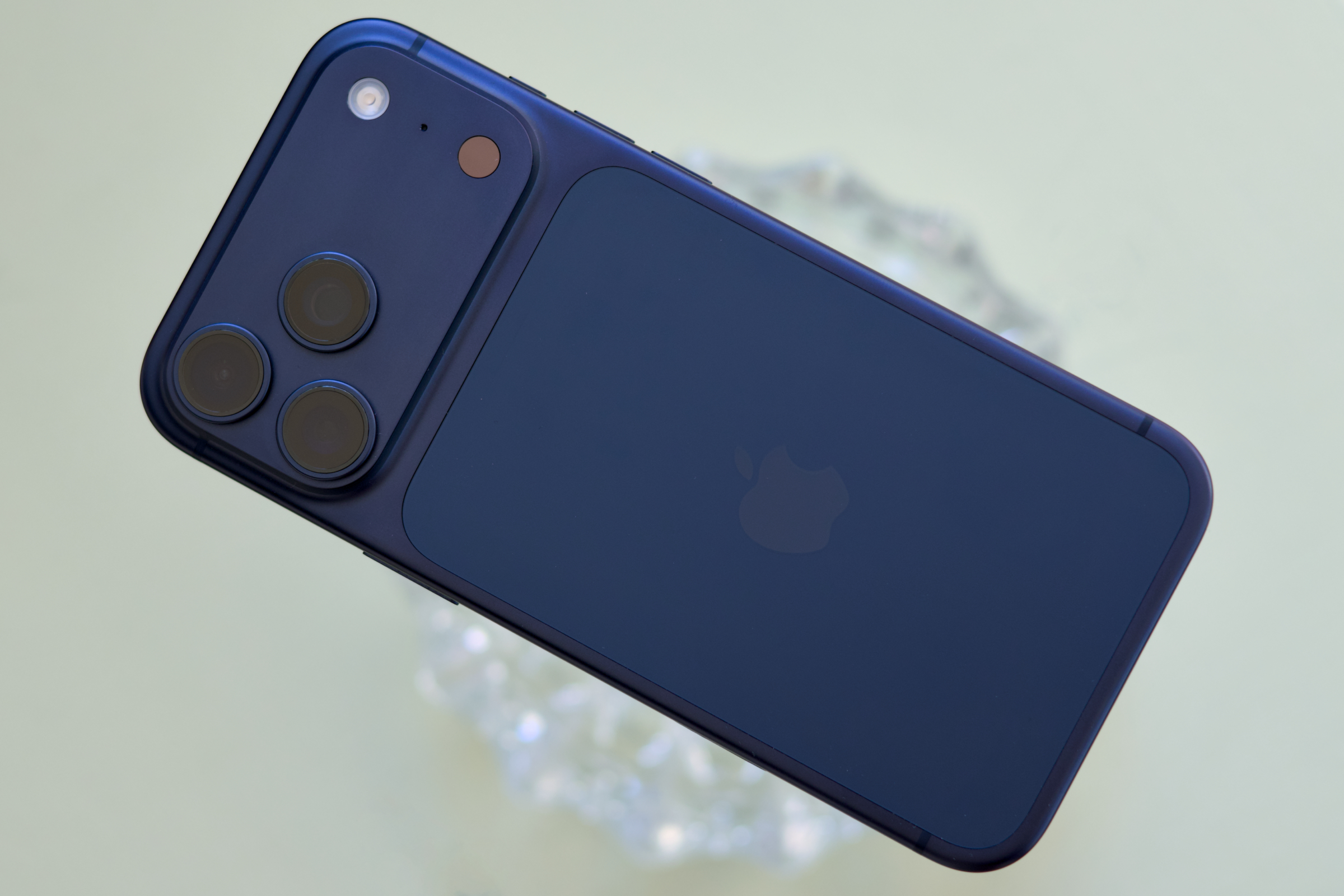
Pros
- Superb display
- Fresh design
- Excellent performance
- Fantastic cameras
- Great battery life
Cons
- Design might divide
- Expensive
- Heavy
Price When Reviewed:
$1,199 (256GB) | $1,399 (512GB) | $1,599 (1TB) | $1,999 (2TB)
Best Prices Today:
There’s been so much talk about the redesign of the iPhone 17 Pro Max, with its massive camera ‘plateau’ which now houses a good amount of the internal tech, that you’d be forgiven for missing what the actual upgrades are. Well, in typical Apple fashion, the company has thrown everything at its most premium smartphone and it doesn’t really put a foot wrong.
Zoom photography has long been a sticking point for high-end iPhones, with even last year’s iPhone 16 Pro Max falling quite a bit behind rival devices from the likes of Samsung, Xiaomi and Oppo. Thankfully, Apple has seen fit to level the playing field by introducing 8x optical zoom, offering far better quality for capturing subjects from a distance.
What you get is the same high-quality Apple-style photography that we’ve come to love, but if there’s one area where the phone constantly excels, it’s in video. Footage captured on the 17 Pro Max is so smooth (especially when jumping between lenses) that the competition doesn’t really stand a chance – for content creators who film primarily with a smartphone, this is the handset that you’ll want to have with you.
That argument also overshadows the standard iPhone 17 Pro, as you’re getting a greatly expanded battery life here. Apple now claims that you can get up to 37-hours of video playback on this phone and we found it had 20% left after an 18-hour day of mixed use. It would be nice if the phone was just a bit more affordable as £1,199/$1,199 is steep by any estimation, but you are getting a lot in return for the cost.
Who should buy the iPhone 17 Pro Max?
Video-first content creators who prefer to film on a smartphone.
iPhone 17 Pro Max: Further considerations
It’s a pricey buy, and the standard iPhone 17 is better for most people.
Read our full
Apple iPhone 17 Pro Max review
6. Google Pixel 9a – Best Value

Pros
- Attractive display
- Strong main and selfie cameras
- Excellent software
- Seven years of updates
Cons
- No telephoto camera
- Slow charging
- Polarising design
Price When Reviewed:
From £499
Best Prices Today:
The Pixel 9a stands as proof that you don’t need to spend a small fortune in order to get a camera set-up that more closely mirrors what you’ll find at the higher-end of the market. Google’s mid-range champ is able to borrow from the company’s next-level computational processing to put out some of the best pictures you’ll see within this price bracket.
Just like the pricier Pixel phones on the market, the 9a does an outstanding job of capturing all skin tones in a natural way, and even when you’re simply taking pictures of the world around you, there’s a wonderful injection of colour that really draws your attention. They’re the type of snaps that are perfect for social media.
On top of the cameras themselves, one of the best things about the Pixel 9a is that you’re getting the full suite of AI-powered editing tools that make Pixel phones so attractive in the first place. Best Take ensures that you never have a group shot where someone’s blinking or looking away from the camera, whilst Magic Eraser can remove unwanted subjects and objects in just a few seconds.
Making a great package even better is the promise of seven years of updates from the time of launch, providing outstanding value for money for consumers shopping around the mid-range sector. 23W wired charging is fairly slow in today’s smartphone market, but it’s a minor setback when you consider all that the Pixel 9a offers in return for its reasonable price tag.
Who should buy the Pixel 9a?
Anyone with a mid-range budget who wants flagship level cameras.
Pixel 9a: Further considerations
The standard Pixel 9 can now be found for not that much more.
Read our full
Google Pixel 9a review
7. Samsung Galaxy S25 Plus – Best Big Screen
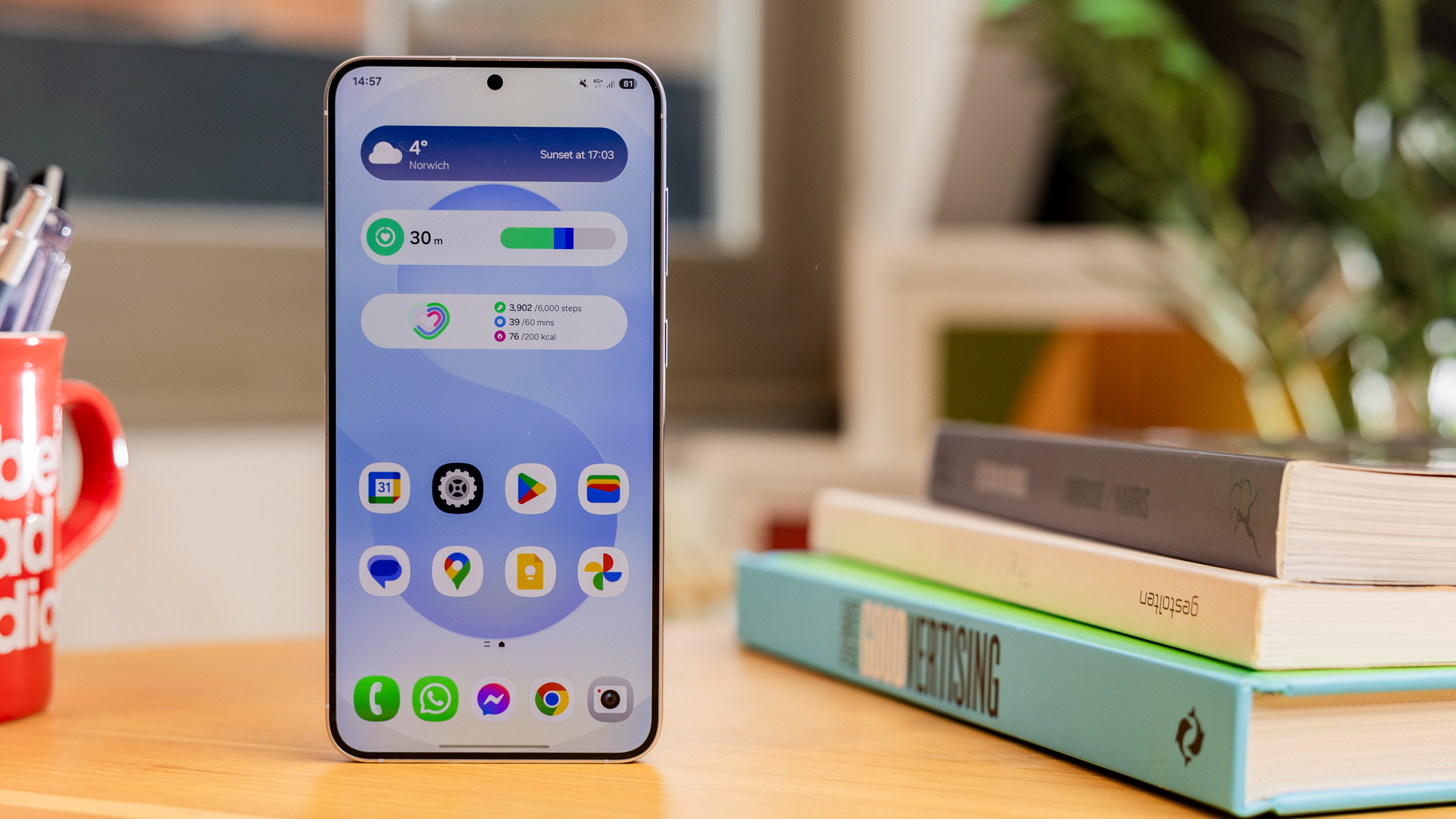
Pros
- Top-tier performance
- Gorgeous display
- Superb software experience
- Useful AI features
Cons
- Supporting cameras could be better
- Qi2 wireless charging needs a case
Price When Reviewed:
From $999.99
Best Prices Today:
Much like all of the other phones within the Samsung Galaxy S25 range, the S25+ does suffer from being a fairly iterative update over its predecessor, but that doesn’t get in the way of what is otherwise a very competent package that excels in almost every category and will leave you wanting for very little.
Whenever we took the S25+ out for a spin, we were continuously impressed with just how well the main 50Mp sensor could adapt to most situations, providing plenty of dynamic range. If a subject is a little too far away then you can comfortably shoot from a distance with the 10Mp 3x telephoto.
It’s practically an identical camera experience to what you’ll find on the standard Galaxy S25, but what’s different here is all of the benefits you get from the larger build. The gigantic 6.7-inch display is impressively bright, reaching a peak of 2600 nits, which just makes it easier to take pictures on sunnier days, and the 4900mAh cell comfortably removes any feelings of battery anxiety as you go about your day.
Thanks to the Snapdragon 8 Elite for Galaxy chipset under the hood, the S25+ is also one of those phones that benefits from excellent everyday performance, so if you’re trying to run through one of the many Galaxy AI features onboard, or dabble in a spot of gaming as you travel, you’ll find that it all runs smoothly here.
Who should buy the Samsung Galaxy S25+?
Samsung fans who want a great screen and battery life, without paying Galaxy Ultra prices.
Samsung Galaxy S25+: Further considerations
It’s not an essential upgrade for users of the Galaxy S24+ or the Galaxy S23+.
Read our full
Samsung Galaxy S25 Plus review
8. Honor Magic 7 Pro – Best in Low Light
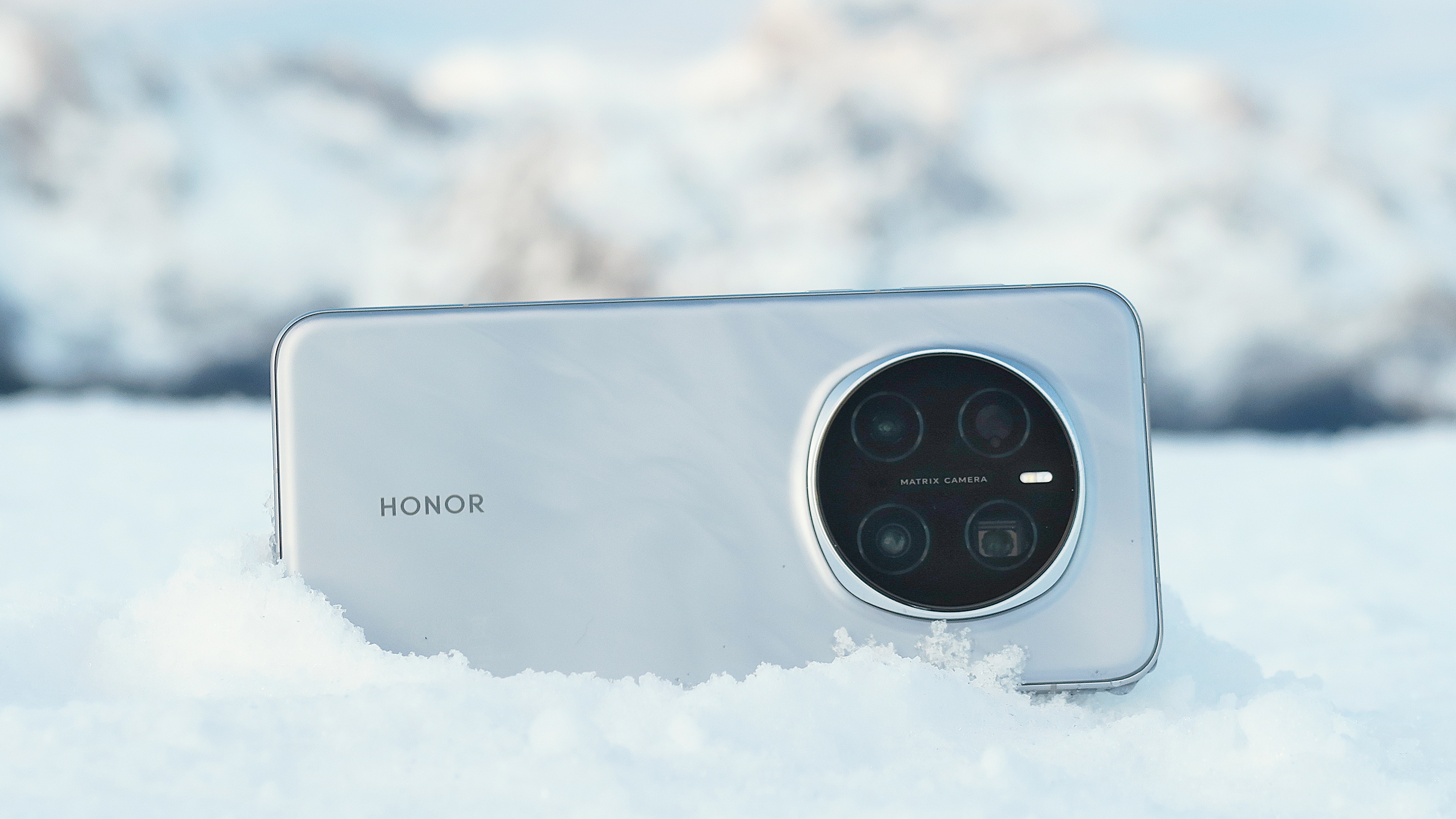
Pros
- Exceptional performance
- Best-in-class IP-certified protection
- Great audiovisual experience
- Impressively fast charging
Cons
- Expensive
- AI features need work
- Smaller battery than predecessor on EU/UK model
Price When Reviewed:
Unavailable in the US
Best Prices Today:
In the last few years, Honor has come leaps and bounds to the point where it’s now a genuine force to be reckoned with at the higher end of the market. You have the outstanding Honor Magic V5 offering a compelling alternative to the Galaxy Z Fold series and now the Honor Magic 7 Pro provides a tempting set of features to lure folks away from Apple and Samsung.
The main 50Mp sensor does a great job of capturing the breadth of colour found in landscape photography, while the 200Mp telephoto lens gives you plenty of freedom to zoom in on a point of interest from afar. What really stands out though are the portrait filters developed in accordance with Harcourt, which look incredible, emulating the sensation of taking portrait shots in a dedicated studio.
If you do have a holiday on the horizon and you want to use the Honor Magic 7 Pro as your main camera then you won’t have to worry about battling with the elements thanks to IP68 and IP69 dust and water resistance. This is a camera that’s meant to be used outdoors, so if it does see a bit of splashback from the pool or a pummeling from the wind, you can still crack on.
Much like every company right now, Honor is attempting to go all in on AI, but its inclusion just feels half-baked here, particularly with the AI Super Zoom. This mode lets you zoom in 100x for a shot, but instead of using AI to elevate what’s been taken, it will simply generate an entirely new picture utilising your own as its main inspiration. The results, as you might imagine, are hit and miss, and we would rather see Honor refocus its efforts elsewhere.
Who should buy the Honor Magic 7 Pro?
Android users who want something different, and a solid mix of capable main, telephoto and front-facing sensors.
Honor Magic 7 Pro: Further considerations
Honor AI and MagicOS bring down the overall experience, both of which are outdone by Samsung.
Read our full
Honor Magic 7 Pro review
9. Xiaomi 15 – Best Compact
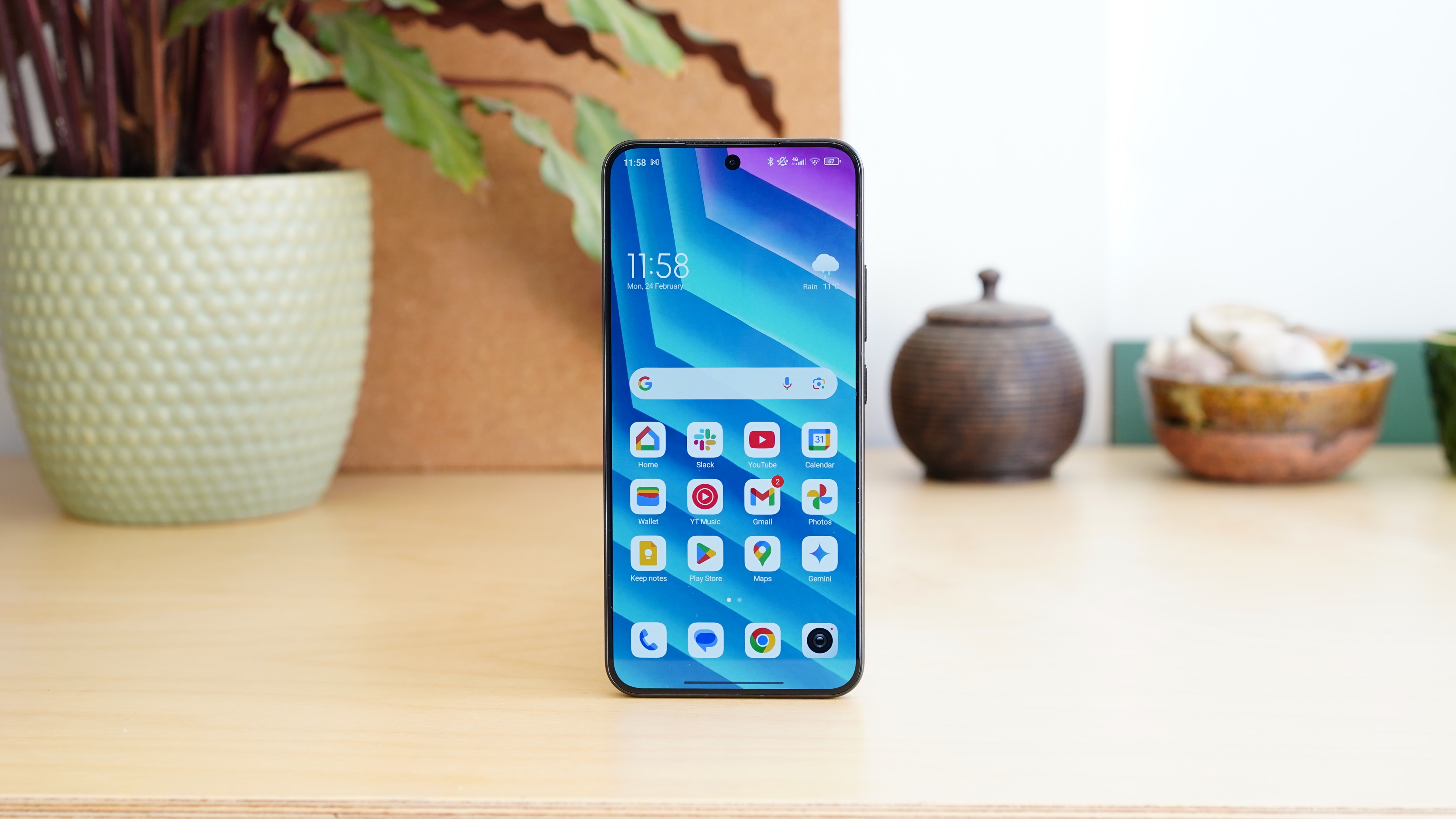
Pros
- Brilliantly balanced cameras
- Excellent screen
- Huge battery for a small phone
- Solid battery & speedy charging
Cons
- Fussy and charmless HyperOS UI
- Price increase
- Samey design
Best Prices Today:
While the Xiaomi 15 sits in a slightly awkward position amongst the other flagship phones that you can buy nowadays, it does provide an easy answer to the question, ‘if you have precisely £899 to spend, which phone can provide the best cameras in return?’. Priced slightly higher than the iPhone 16 and Galaxy S25, yet cheaper than the S25+ and the Ultra range, the Xiaomi 15 is a solid middle-of-the-road handset.
It’s also worth mentioning that with a 6.36-inch display, the Xiaomi 15 is one of those rare Android phones that can still be used one-handed, which in turn can be more helpful when using the phone as a point-and-shoot camera. No need to line up your shot with both hands when the phone is compact enough for you to hold it and reach the shutter button in one swift movement.
There are no fewer than three 50Mp cameras on the back of the phone, all of which have been developed in association with Leica. It’s worth heading to our review to check out the camera samples that we were able to capture with the Xiaomi 15 because, in most cases, they absolutely wiped the floor with more expensive options. It’s the perfect blend of colour, detail and contrast, practically inviting you to see how creative you can be with the sensors.
In spite of its smaller size, the Xiaomi 15 has a surprisingly large 5240mAh battery which works in tandem with the very efficient Snapdragon 8 Elite chipset to provide a solid day of use whilst still having a decent amount of juice remaining at the end of it. At the time of writing (September 2025) the Xiaomi 17 range is just around the corner, so it’s worth holding off until that is officially announced. Even if you’re not swayed by the newer tech, it should lead to a price drop for the Xiaomi 15.
Who should buy the Xiaomi 15 Ultra?
Android users who miss having a compact phone with flagship features.
Xiaomi 15 Ultra: Further considerations
The phone will soon be superseded by the much-rumoured Xiaomi 16.
Read our full
Xiaomi 15 review
10. Samsung Galaxy Z Fold 7 – Best Foldable
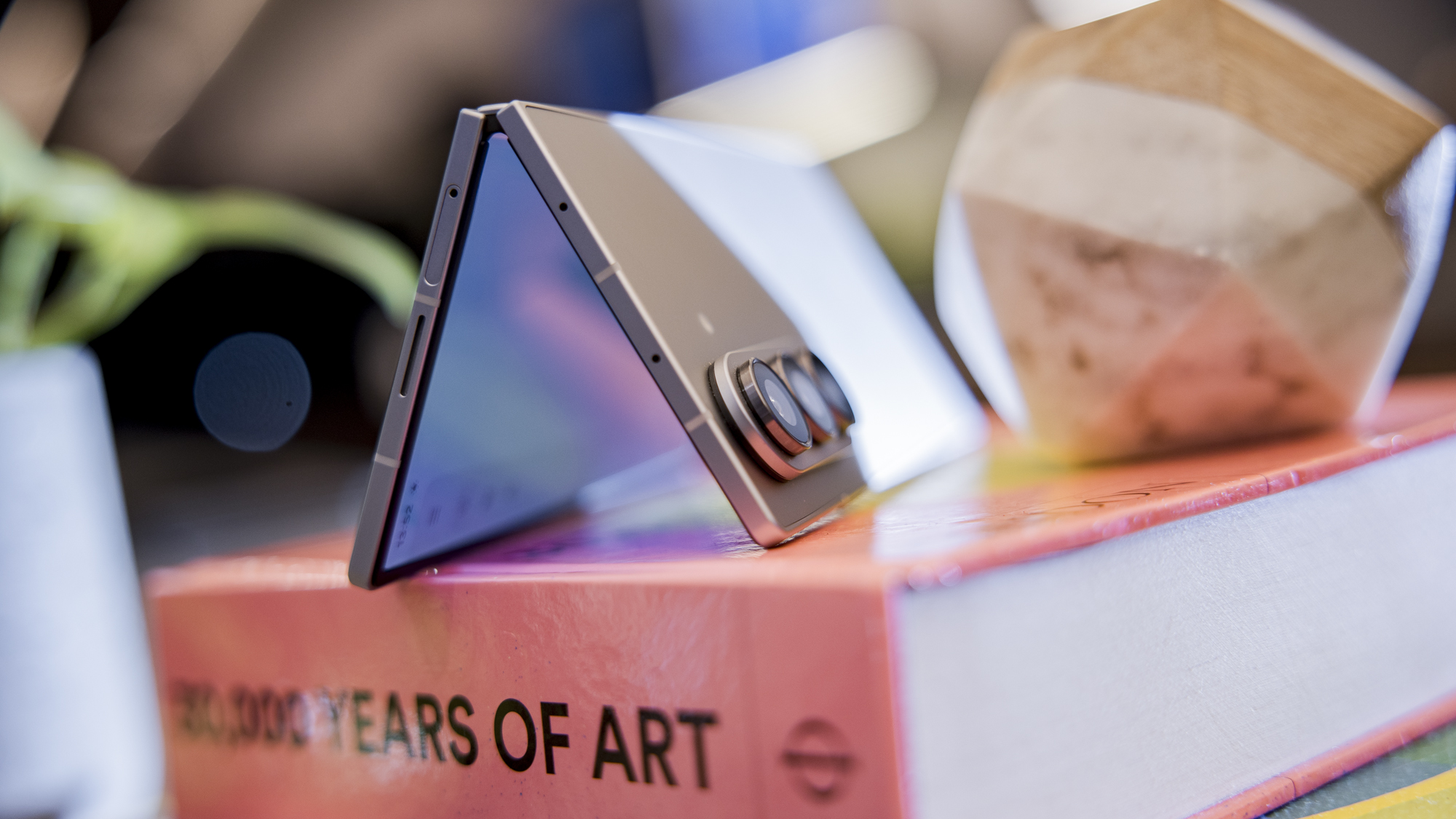
Pros
- Incredibly slim and lightweight
- Upgraded cameras
- Less noticeable crease
- Excellent software
Cons
- No S Pen support
- No battery or charging upgrades
- Can throttle while gaming
Price When Reviewed:
From $1,999
Best Prices Today:
After losing quite a lot of ground to the competition due to fairly iterative updates, Samsung is back on its pedestal with the outstanding Galaxy Z Fold 7. This is the foldable that long-time Samsung fans have been waiting for, with it feeling as if the company has finally delivered on the promise of what book-style foldables could provide when the very first Z Fold phone came to market.
The biggest benefit here is that, in comparison to its predecessors, the Z Fold 7 is unbelievably slim. At just 4.2mm thick when unfolded, the foldable concept no longer feels cumbersome, which means that you can now comfortably use the larger 8-inch interior display for more in-depth photo and video editing on the go.
It would have been nice to see S Pen support return, particularly as the Honor Magic V5 can still be used with a stylus, but this won’t be a major issue for anyone who wasn’t using an S Pen to begin with, and there’s plenty to love about the cameras nonetheless. Instead of feeling massively behind Samsung’s Ultra range of phones, the Z Fold 7 has borrowed the main 200Mp sensor found on the S25 Ultra.
Having that beefed-up main camera paves the way for detail-rich and vibrant photos. The 12Mp ultra-wide camera now also benefits from having autofocus, meaning that you can get some great looking pictures when shooting in macro mode. The fact that you have plenty of editing features via Galaxy AI just makes the Z Fold 7 an excellent choice for professional content creators who want a mini studio with them at all times.
Who should buy the Samsung Galaxy Z Fold 7?
Content creators who need a larger display for editing photos and videos on the go.
Samsung Galaxy Z Fold 7: Further considerations
The battery life is massively outdone by the Honor Magic V5.
Read our full
Samsung Galaxy Z Fold 7 review
Other camera phones tested
Even though we’ve limited our top picks of the best camera phones to just 10 entries, this doesn’t mean that there aren’t other phones to consider, or handsets that were very close to making the cut. As with most smartphone discussions, we always recommend giving the previous generation of smartphones a look if you’re not that fussed about having the latest tech and like the idea of getting more value for your money.
For example, the iPhone 16 Pro and the Samsung Galaxy S24 Ultra are still great handsets that can now be picked up for just a fraction of what they went for at launch. In both cases, these phones still have years of software support ahead of them, so you won’t be out of the loop for new features if you decide to pick one of them up.
While there is a bit more to differentiate Apple’s devices, Samsung’s most recent updates have been very iterative, so the S24 Ultra in particular is almost identical to its successor. You’re still getting four rear-facing cameras, led by a 200Mp sensor, and there are plenty of high-end trappings such as the titanium chassis and S Pen support.

Foundry | Alex Walker-Todd
The Galaxy Z Fold 7, on the other hand, marks a night and day difference over its predecessor, which is why it has a secure spot on our list, but if you are shopping for a foldable phone with solid cameras, then you might also want to consider the similarly powerful Honor Magic V5 (above).
Check our list of the best flip and foldable phones
Honor’s foldable is just slightly slimmer at 8.8mm thick when folded, but the phone mostly benefits from a much better battery life that can run for up to two days under certain use cases. If you do have a day of heavy use then that larger battery can run rings around the Z Fold 7, so it’s worth thinking about how you plan on using your next phone.
While the Pixel 9a is the best mid-range option when it comes to cameras, anyone tied to a much stricter budget will find a similarly great experience on the CMF Phone 2 Pro. This colourful (and modular) handset was given a major camera upgrade over its predecessor, and the 50Mp main camera, in conjunction with the 50Mp 2x telephoto lens, provides a ton of versatility that you don’t usually find at the budget level.
The Oppo Find X8 Pro was also recently swapped out for its successor, but it’s far from an outdated device, given just how ahead of the competition the phone was when it first launched. The fact that you can now find it much cheaper if you shop around just makes it a bargain buy for anyone looking to enjoy Oppo’s high-end features for much less.
Camera phone news that could affect your buying decision
The OnePlus 15 is the talk of the town right now. After initially launching in China, the upcoming flagship has finally been confirmed to arrive in Western territories on 13 November. This is a much earlier release date than we were expecting (the initial signs pointed towards January) but this means that OnePlus fans won’t have long to wait before either upgrading to the latest option or being able to nab the OnePlus 13 at a reduced price as it gets phased out.
We’ll be bringing you a full OnePlus 15 review very soon and it will likely feature in this list.
For the Galaxy fans out there who are eagerly awaiting the debut of the all-new Galaxy S26 range, I’m afraid that, if the latest rumours are true, then you’re going to have to hold on for a bit longer than usual. Seemingly a direct result of Samsung deciding to use the Exynos 2600 chipset (in certain territories) in all phones across the S26 range, the new handsets may miss the anticipated January launch window and instead hit the scene sometime in March.
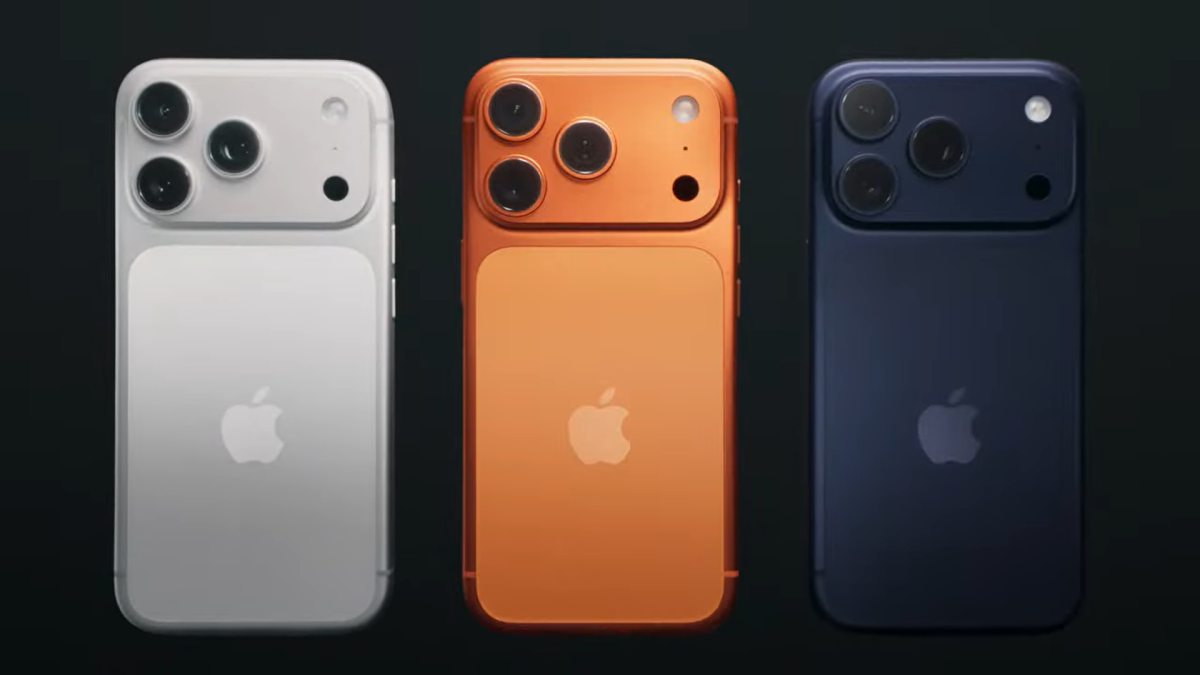
Apple
What probably doesn’t help Samsung is that if the delay rings true, then it could be beaten to the international market by the Xiaomi 17 range, which is already available in China.
The Xiaomi 17 Pro and 17 Pro Max models come with a very helpful rear-facing display, marking the first time the feature has been on a Xiaomi phone since the Mi 11 Ultra, but it can make a huge difference when it comes to taking selfies and recording to-camera content. The Xiaomi 17 Ultra is yet to be made official, but it should be the photography king of that range.
Can I get a better camera phone deal?
The deals widgets featured in this article will always show you the current cheapest prices available across the web, but if you’re tied to a strict budget and you need to find a more significant price decrease, there’s a good chance that you’ll find exactly what you’re looking for in our round-up of the best refurbished phone deals.
To save even more, you may want to hold off until one of Amazon’s major sales, such as Prime Day or Prime Big Deal Days, or opt for the biggest bonanza of them all: Black Friday. Given that practically all types of tech see a major price drop during these sales, you can rest assured that the best camera phones will also be included in their wares.
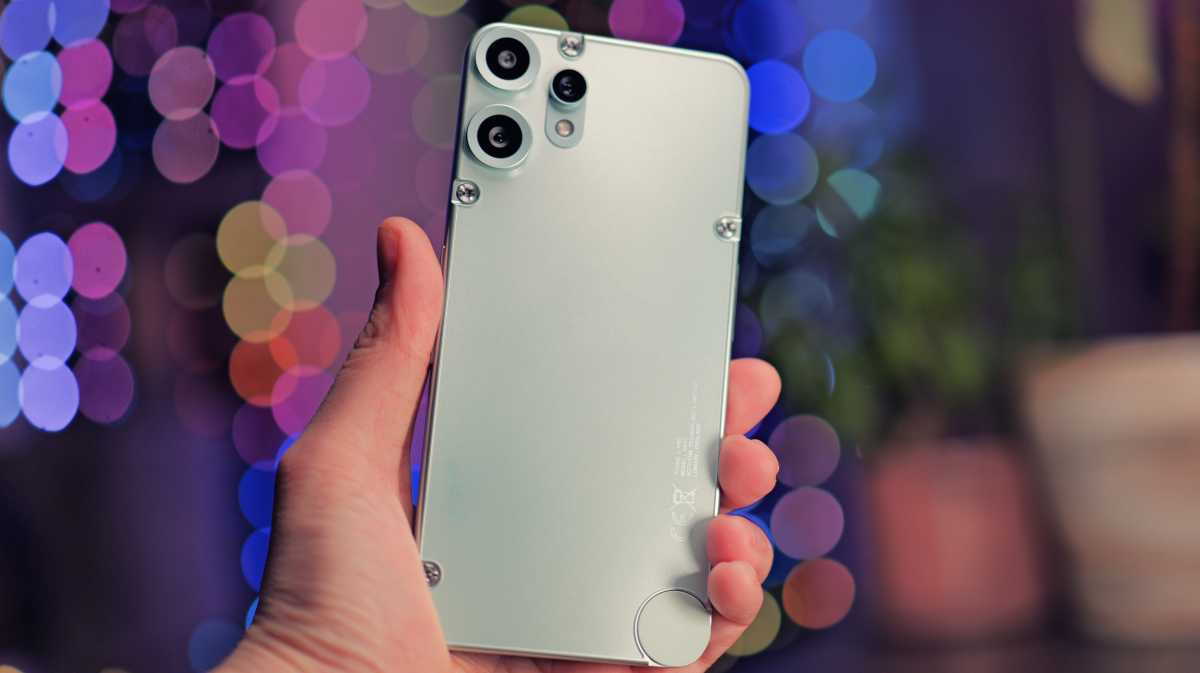
Luke Baker
How we test camera phones
When it comes to testing the cameras of any smartphone, regardless of price, we use all the available sensors in real-world settings to give you a comprehensive understanding of the experience you’ll find when using a given phone day to day. This includes, where possible, shots outdoors in good conditions, seeing how the camera holds up in low-light scenes and the features available in portrait photography.
Read more about how we test smartphones.
Why you should trust Tech Advisor for camera phone reviews and buying advice
Tech Advisor has been covering smartphones since before built-in cameras were considered an essential feature, so we know exactly how one phone compares to all that has come before it, and those expertise flow through our reviews to provide the best understanding possible of what it’s like to use a particular handset.
Who curated this article?
Anyron Copeman is Tech Advisor’s Mobile Editor and if there’s one member of the team who eats, sleeps and breathes all things smartphone, it’s him. He always has his finger on the pulse on any new developments in this industry, which is why he has the final say on which phones are included in this guide.
How to choose the best camera phone
The best thing to know right off the bat when it comes to picking a smartphone based on its camera abilities is that higher megapixel counts do not always correlate to having the best photos. In the current climate, software is just as important as hardware, and you can see as much from the computational processing that both Google and Apple have brought to the table over the last few years, as they’re able to put out great looking photos with tech that’s technically further down the scale compared to what’s out there.
Once that’s understood, it’s worth asking yourself what type of photographer you are. If, for example, you enjoy having the ability to zoom in on subjects from quite a distance, then you’ll want to have a dedicated telephoto lens that packs a decent optical zoom (ideally 5x or above).

Apple
For the more socially adventurous among you, having a top of line selfie camera is crucial, as there’s nothing worse than assembling the squad for a group shot, only to find out afterwards that the photo is too dark or has cropped some people out of the frame.
Video performance is a tricky feature to gain as resolution, just like the megapixel count, doesn’t guarantee great footage. At present, Apple is the immediate go-to when it comes to video for its stable footage and helpful Cinematic mode which adds a real-time bokeh effect to your videos, although Google and Samsung aren’t far behind.
Beyond the cameras themselves, it’s worth factoring in the screen and battery size into your purchasing decision as well. Obviously, having a larger battery can afford you more time for taking pictures, but a larger display can be preferable to those who want more space available when it comes to photo editing.
Camera Phone FAQ
How many lenses do you need?
It depends what kind of photos you want to take on your phone. For close up, point and shoot pictures of people, pets, and landscapes then you might only need one.
But most phones have at least two lenses on the back these days. This is usually a superior main lens for still shots and video, and an ultrawide angle lens for taking in more of a scene that you’re closer to like a building or group shot.
Do you need a telephoto camera?
Some phones have three or four lenses – the one or two extra are usually telephoto lenses than can zoom in to subjects without loss of quality to a certain level. For example, the iPhone 14 Pro has a 3x optical zoom lens so you can zoom in to a 3x level – if you zoom beyond that, the phone is using digital zoom, which degrades in quality.
The regular iPhone 15 has no telephoto lens, so all zoom is done digitally. Check the specs of the phone you are interested in to see what lenses it has.
Do megapixels matter?
A higher megapixel doesn’t always mean better. It can sometimes be an indication, but not always.
Smartphones have necessarily tiny lenses in them, so phone companies have created software to improve the final image you get after you press the shutter. Software is also used for common features like portrait modes to create a blur effect. Read on to find out more.
What is image processing?
Every smartphone camera uses software to process the image you’ve just taken to improve it. This usually involves sharpening the image, boosting, or saturating the colours to make them ‘pop’ more, and improving the high dynamic range (HDR) to make the photo look generally better than it might otherwise.
It’s hard to know if a phone camera will be good just by reading the spec sheet, which is why camera quality is one of the main things we assess in Tech Advisor’s phone reviews. Click through to the full reviews of the phones in this list to see image samples and our detailed opinions.
What is pixel binning?
Some phone cameras, like the Galaxy S24 Ultra’s 200Mp main lens, can take photos at full resolution. But on that phone by default images are ‘binned’ down to 12.5Mp from 200Mp.
The higher megapixel count in this instance captures more image data but uses it to produce a final image with a smaller file size. This creates easily shareable, social media friendly images, but also is a good way for phone cameras to combine image data with image processing to make the best possible image.
A 12.5Mp pixel binned image on the S24 Ultra will very likely be better than a straight 64Mp image from a mid-range phone that doesn’t use pixel binning.
Related content
- Phone reviews
- Phone news
- Best mid-range phones
- Best budget phones
- Best Google Pixel phones
- Best Samsung Galaxy phones
- Best Motorola phones
- Best Xiaomi phones
- Best OnePlus phones
- Best Oppo phones
- Best foldable phones
- Best battery life phones
- Best dual-SIM phones
Link do Autor



